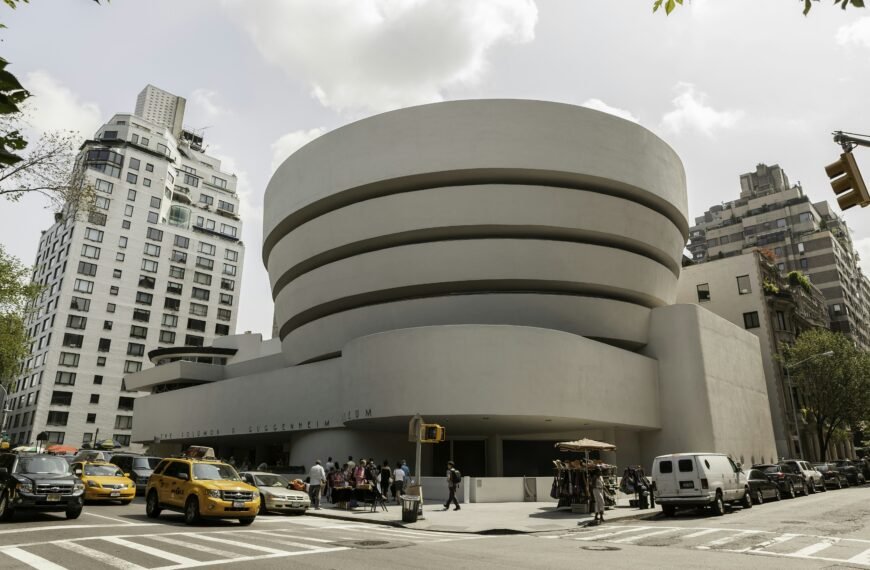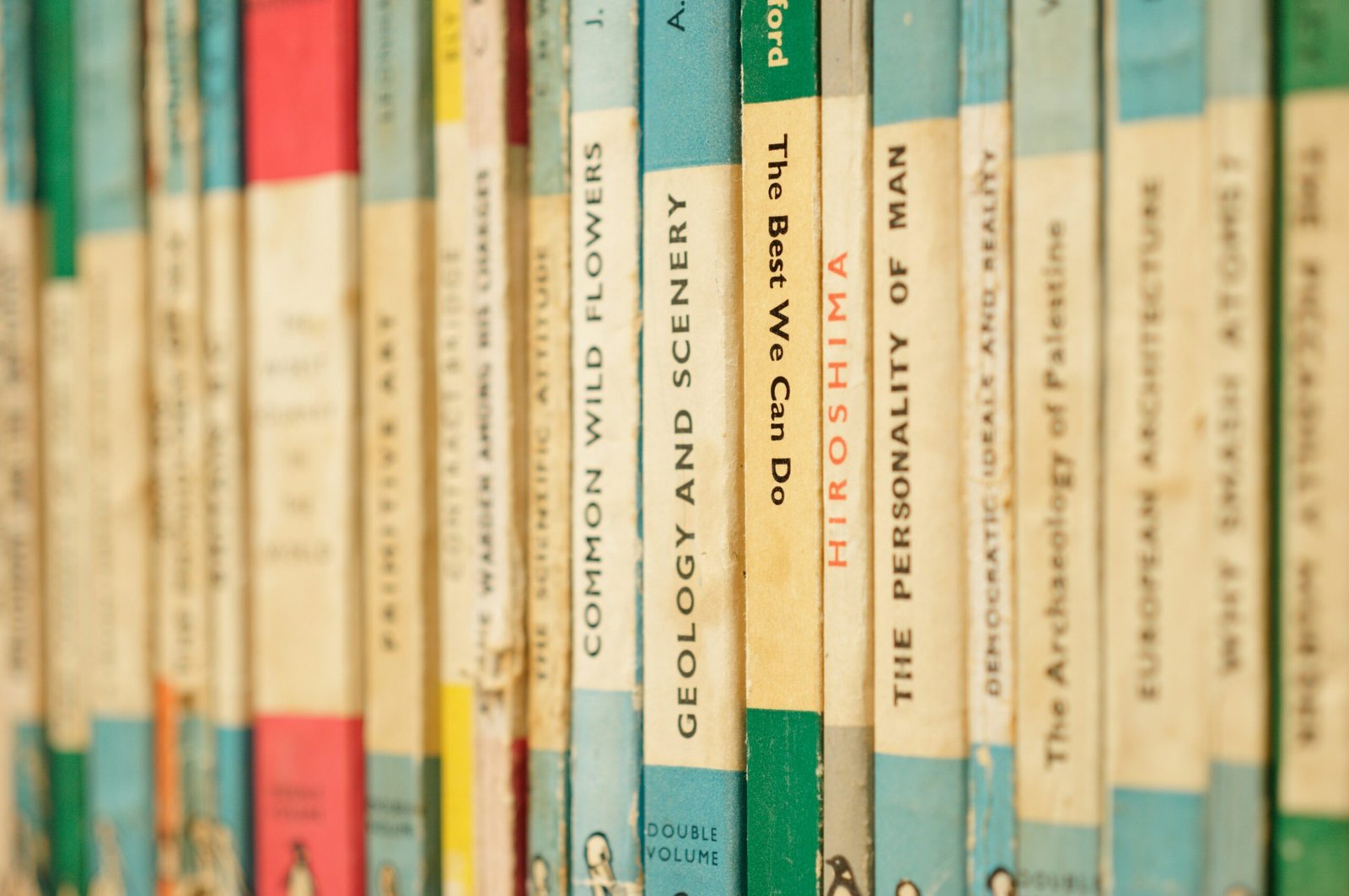Welcome to the world of art restitution, where the debate over stolen cultural goods traces back to Napoleon’s plunder and the subsequent demand for repatriation. In 1815, the Louvre was compelled to return art treasures looted during war, marking a turning point in attitudes towards spoils of conflict. This critical moment in art history has shaped ongoing discussions on repatriation, as museums grapple with claims on their collections. Explore the complexities of ethics, politics, and history intertwined in the quest to right the wrongs of the past and return stolen art to its rightful owners. What Happened to the Art Napoleon Looted?
Hey there! Have you ever wondered what happened to all the art Napoleon looted during his reign? Well, buckle up, because we are diving into the fascinating world of stolen art, repatriation, and the historical significance of returning cultural treasures to their rightful owners.
Napoleon’s Art Plunder: The Beginning of a Controversy
Let’s start at the beginning! Napoleon, a renowned military strategist and leader, had a penchant for collecting art from the countries he conquered. This act of looting not only served as a symbol of triumph but also added to his personal collection of cultural artifacts. However, this practice sparked controversy and initiated a debate that still reverberates in the art world today.
The Louvre and Its Loot
Picture this – the Louvre, one of the most iconic museums in the world today, was once home to stolen art treasures taken during Napoleon’s conquests. When the Allies demanded the treasures be returned in 1815, it set a precedent for repatriation. Imagine the exchange of power and cultural significance that took place within those walls!
Birth of Repatriation
What a pivotal moment in history! The return of the Napoleonic loot is often hailed as the birth of repatriation, signaling a shift in political attitudes towards the spoils of war. This concept of returning cultural goods taken during times of conflict to their countries of origin paved the way for future discussions and actions on restitution of stolen art.
Why Does Repatriation Matter?
Now that we have delved into the historical context, let’s discuss why repatriation of stolen art matters in today’s world.
Preserving Cultural Heritage
Preservation of cultural heritage is vital in maintaining a country’s identity and history. Repatriation ensures that stolen artifacts are returned to their rightful owners, allowing future generations to connect with their heritage and history.
Righting Historical Wrongs
Repatriation also serves as a way to right historical wrongs and acknowledge the injustices committed during times of conflict or colonization. Returning stolen art is a step towards reconciliation and healing for nations that have been victims of cultural theft.
International Relations and Ethics
The act of repatriation reflects international cooperation and ethical considerations in the art world. By returning stolen artifacts, countries demonstrate respect for each other’s cultural heritage and promote diplomatic relations based on mutual understanding and respect.
Challenges in Repatriation Efforts
While the concept of repatriation is noble, there are several challenges that impede the process of returning stolen art to its rightful owners. Let’s explore some of these obstacles in more detail.
Legal and Jurisdictional Issues
Legal systems vary from country to country, making it challenging to navigate the laws surrounding ownership and repatriation of stolen art. Jurisdictional issues often arise when determining which country has the authority to claim ownership of looted artifacts.
Lack of Documentation and Provenance
A major hurdle in repatriation efforts is the lack of proper documentation and provenance to establish the rightful ownership of stolen art. Without clear evidence of ownership, returning stolen artifacts becomes a complex and time-consuming process.
Political and Cultural Sensitivities
Political and cultural sensitivities can also hinder repatriation efforts, as countries may have differing opinions on the significance of stolen art and its return. National pride, historical narratives, and disputes over ownership can complicate the repatriation process.
The Global Impact of Repatriation
The impact of repatriation extends far beyond the return of stolen art to its countries of origin. Let’s explore how repatriation efforts have influenced the global art world and international relations.
Restoring Cultural Identity
By returning stolen artifacts, countries reclaim a piece of their cultural identity and heritage, strengthening their connection to the past. Repatriation efforts help restore the integrity of cultural objects and their significance within their original context.
Fostering Dialogue and Collaboration
Repatriation initiatives promote dialogue and collaboration among nations, fostering mutual understanding and respect for each other’s cultural heritage. By working together to return stolen art, countries build stronger relationships based on shared values and cultural appreciation.
Setting Precedents for Future Generations
The act of repatriation sets precedents for future generations, emphasizing the importance of respecting cultural property and acknowledging historical injustices. By returning stolen art, countries educate future leaders and citizens about the ethical implications of cultural theft and the significance of restitution.
Repatriation Today: Ongoing Debates and Resolutions
As repatriation efforts continue to evolve, so do the debates surrounding the return of stolen art. Let’s examine some of the ongoing discussions and potential resolutions in the realm of repatriation.
Museum Policies and Ethics
Museums play a crucial role in repatriation efforts, as they house many stolen artifacts in their collections. Establishing ethical guidelines and policies for acquiring and displaying cultural objects is essential in promoting transparency and accountability within the museum sector.
International Collaboration and Agreements
International collaboration and agreements are key in facilitating repatriation processes and resolving disputes over stolen art. By working together on a global scale, countries can establish frameworks for the return of looted artifacts and promote cooperation in addressing cultural theft.
Public Awareness and Advocacy
Raising public awareness and advocacy around repatriation issues is essential in garnering support for the return of stolen art. Educating the public about the significance of cultural heritage and the impact of repatriation efforts can lead to greater public engagement and involvement in restitution initiatives.
Conclusion: Shaping the Future of Cultural Restitution
As we conclude our exploration of Napoleon’s loot and the significance of repatriation, it becomes clear that returning stolen art is not only a legal and ethical imperative but also a moral obligation to uphold the integrity of cultural heritage. By honoring the past and righting historical wrongs through repatriation, we pave the way for a more inclusive and respectful approach to preserving cultural artifacts for future generations.
So, the next time you walk through a museum or gaze at a piece of art, remember the complex history behind its origin and the ongoing efforts to ensure its rightful return to its country of heritage. Let’s continue to support repatriation initiatives and advocate for the restitution of stolen art, shaping a more equitable and just future for cultural heritage preservation.
Thank you for joining us on this enlightening journey through the world of stolen art and repatriation. Remember, the past isn’t just history – it’s a legacy that we must honor and protect for generations to come.








